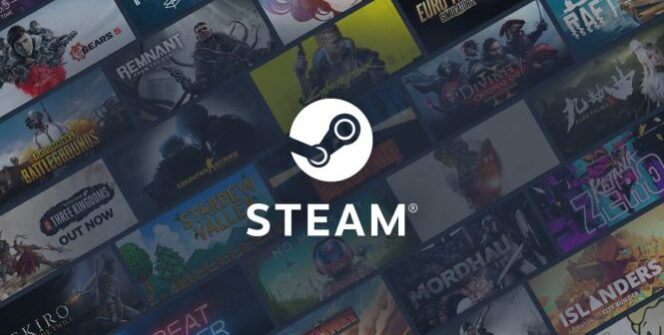Launched in 2003, very few people believed in the platform at first, and back then Steam had a slightly different purpose.
In fact, 21 years ago, Valve used it as a way to automatically release updates for games it had already released. This is what Eric Johnson of the studio had to say about it: “Gabe [Newell], in particular, had a pencil sketch of an idea in his head of what would become Steam, but it was clear with Team Fortress Classic and then Counter-Strike that fundamentally what we were really attracted to was the ability to ship content directly to our customers. I mean, there were a number of business goals that ended up being part of Steam. But fundamentally it was a set of game development goals that it served that were so attractive to us.”
Yahn Bernier, one of Valve’s engineers, talked in the two-hour Half-Life 2 documentary about how a sudden idea changed his thinking: “We ended up finding this company called Applied Micrososystems, and we ended up hiring most of the original Steam team from this other company to initially build this kind of in-game advertising streaming model, but then there was this epiphany that, ‘Hey, it’s just bits. Why don’t we just download whole games like this? You guys go out and do it.'”
Steam started selling third-party games in 2005, but before that, the public hadn’t taken too kindly to the fact that Half-Life 2, released in November 2004, made Steam mandatory. Greg Coomer, who was a colleague of Gabe Newell’s at Microsoft before becoming one of Valve’s first employees, talked more about this: “The decision to not only ship Half-Life 2 with Steam, but to actually require Steam, even for the retail boxed versions, was the most interesting decision of all, because it turned out to be an incredibly important decision for the future of the company, and a lot of us were nervous, and a lot of the people who had been at Valve for a long time, since the very beginning, were the most nervous about that decision. So it was one of the rare exceptions to our [usual] decision-making process, and Gabe really had to step in and say, “No, actually, this is how we’re going to do it.””
This made Half-Life 2 a successful Trojan horse for Steam, as many people had Steam installed before the concept of a “digital store” was even known. Newell had already spoken about this: “It was a very strange time. I don’t think people understand how many times we went to people and said, ‘No, you’re going to be able to distribute software over the Internet,’ and people said, ‘No, that’s never going to happen. I’m not talking about one or two people. I mean like 99% of the companies we talked to said, “It’s never going to happen. Your retail sales force will never let it happen. But people would also say, ‘Users won’t want it…people want physical copies. There were so many arguments made in bad faith. Retail is not the goal, right? It’s actually an obstacle, it’s somebody sitting between you and the customer.”
Gaben was a visionary, no doubt…
Source: PCGamer
















Leave a Reply